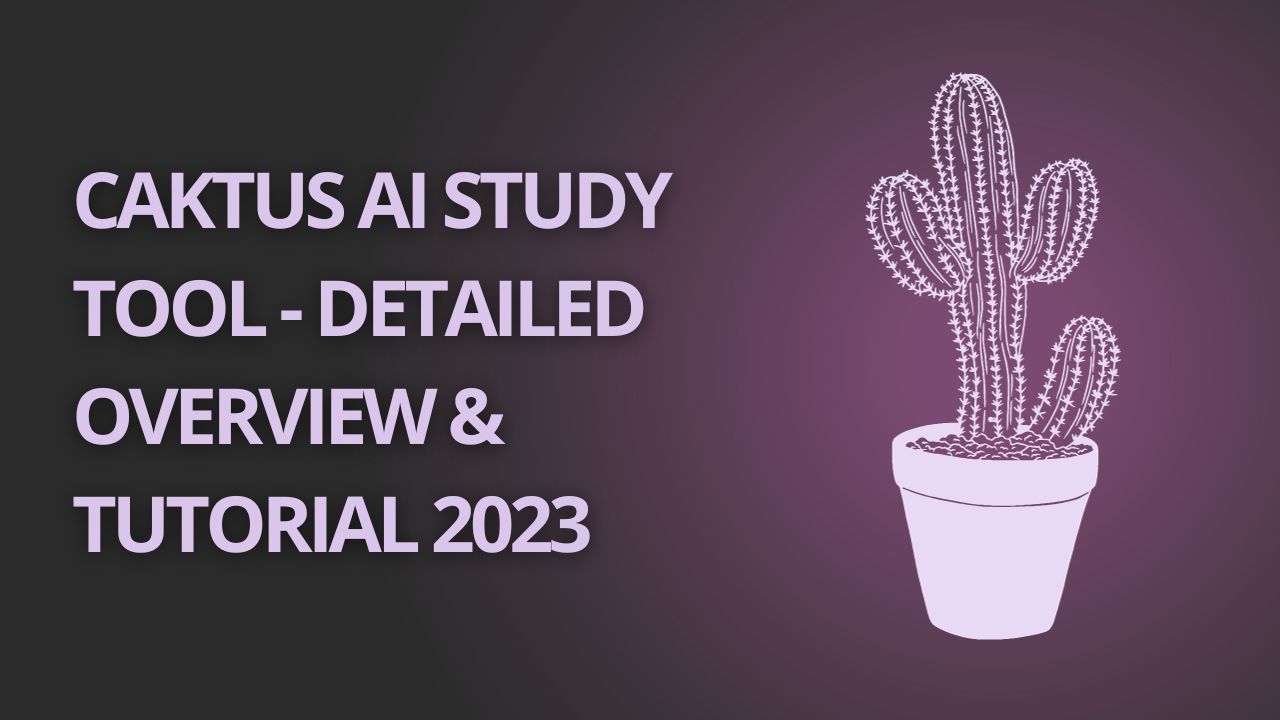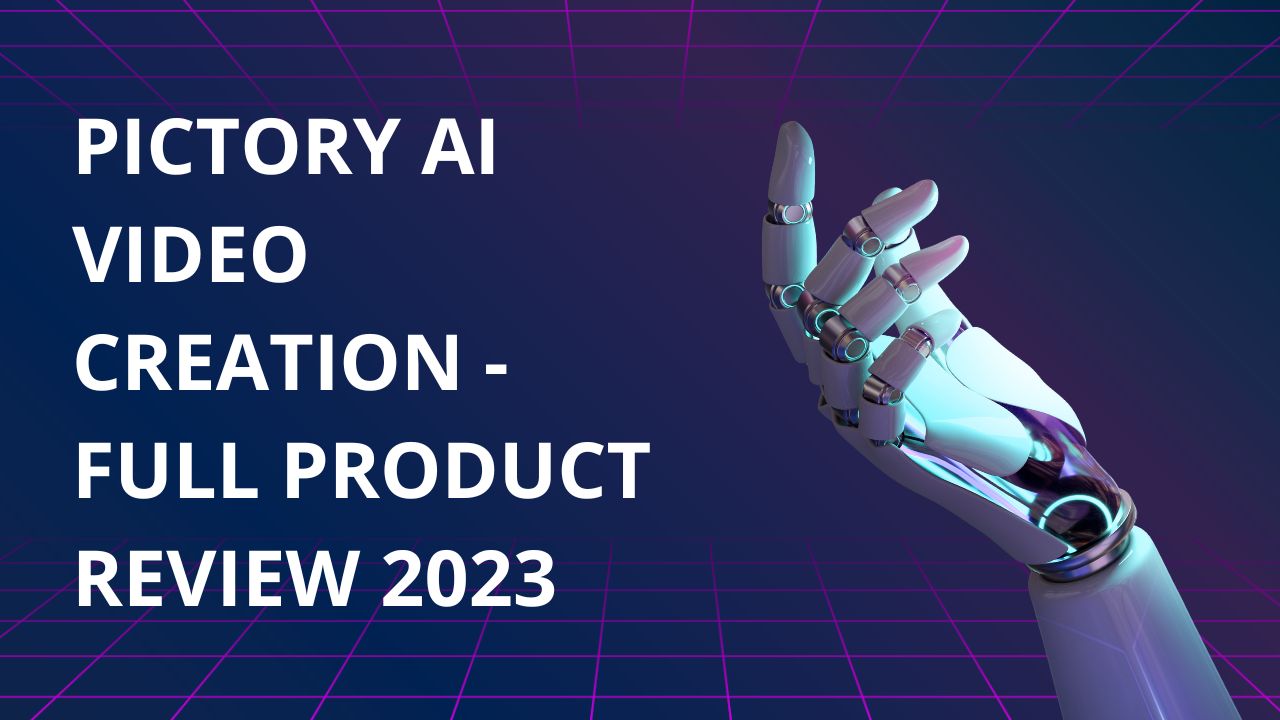Over the past decade, AI assistants have gained immense popularity and integration across industries. From virtual voice-activated companions like Siri and Alexa to chat-based bots for customer support, these AI-driven entities have fundamentally altered how we access information, perform tasks, and engage with technology. The surge in their adoption can be attributed to their ability to comprehend and respond to human language, enabling seamless and natural interactions between humans and machines.
What is ChatGPT?
ChatGPT stands at the forefront of AI language models, exemplifying the remarkable progress made in natural language processing. Developed by OpenAI, ChatGPT is an advanced language model powered by the GPT architecture, designed to generate coherent and contextually relevant text based on user inputs. It has the remarkable capability to engage in dynamic conversations, making it an ideal foundation for creating an AI assistant to understand and respond to user queries conversationally.
Benefits of Building Your Own AI Assistant
Embarking on the journey to build your AI assistant using ChatGPT comes with many compelling benefits:
- Customization: Tailor the AI assistant to meet specific needs and objectives, providing a unique user experience.
- Niche Relevance: Address specific niche requirements that off-the-shelf solutions might need to cover more adequately.
- Refined Interactions: Fine-tune the assistant’s responses and interactions to align with your brand’s voice and style.
- Efficiency Boost: Integrate the AI assistant seamlessly into existing platforms, enhancing overall operational efficiency.
- Insightful Data: Gain insights into user interactions, preferences, and behaviors, enabling data-driven improvements.
- Personalization: Deliver personalized recommendations and assistance, enhancing user satisfaction and engagement.
- Skill Enhancement: Acquire valuable AI development skills, opening up new career opportunities in a tech-driven world.
- Innovation Potential: Explore innovative ways to leverage AI technology, setting yourself apart in your industry.
- Cost Efficiency: Long-term cost savings compared to hiring human agents for repetitive tasks.
- Scalability: Easily scale the AI assistant to handle increased user demand without proportional resource increase.
Step 1: Defining Your Vision
Before you dive into the world of creating your own AI assistant, it’s crucial to establish a clear vision for your project. This initial step sets the foundation for everything that follows.
The Purpose and Functions of Your AI Assistant
Ask yourself: What problem will your AI assistant solve? Will it provide information, offer recommendations, entertain, or perform tasks? Clearly defining the objectives will guide your development process and help you focus on delivering a valuable solution. Whether assisting users with travel planning, aiding in language learning, or offering health tips, having a clear goal in mind is paramount.
Identifying Use Cases
Every AI assistant has its strengths. You can capitalize on your AI assistant’s abilities by identifying specific use cases. Will it be an expert in a subject, like answering historical trivia? Or will it excel in offering personalized recommendations, such as suggesting movies based on a user’s preferences? Pinpointing these use cases will help you tailor your AI assistant’s responses and interactions to provide maximum value to users.
Step 2: Designing Your AI Assistant’s Personality
One of the most captivating aspects of an AI assistant is its personality. Just as humans connect based on personalities, your AI assistant’s personality can significantly impact user engagement and satisfaction.
Personality Framework
Start by envisioning your AI assistant as a unique individual. Is it friendly, formal, witty, or empathetic? Define key personality traits that align with your AI assistant’s purpose and your target audience’s preferences. For example, if your AI is meant to provide emotional support, empathy, and patience could be fundamental to its personality framework.
Tone and Language
Consider the tone and language your AI assistant will use. Depending on the context, will it be casual, conversational, professional, informative, or a mix of both? Understanding your target audience is crucial here – a medical AI might require a more formal tone, while a virtual friend AI could use a relaxed and friendly style. Consistency in tone and language enhances the user experience and helps build a lasting connection between users and your AI assistant.
Step 3: Gathering Resources
Building a successful AI assistant hinges on the quality of the data you feed. The process begins with gathering and preparing diverse datasets that shape your AI assistant’s understanding and responsiveness.
Data Collection
The richness of your AI assistant’s knowledge largely depends on the variety of data it learns from. Identify sources that align with your AI’s purpose. For instance, if your AI is focused on providing legal advice, legal documents, case studies, and relevant articles can form part of your data collection. Ensure the data you gather covers a broad spectrum, enabling your AI assistant to respond accurately to various user queries.
Data Preprocessing
Raw data often needs refining before it’s fed into your AI model. This involves removing duplicates, handling missing information, and standardizing formats. Additionally, structuring the data in a way that preserves context is vital. For instance, maintaining the back-and-forth flow of conversations is crucial in a dialogue-based AI. Proper preprocessing ensures that your AI assistant can understand and generate coherent responses.
Step 4: Tools and Setup
Now that you have a solid foundation, it’s time to set up the environment where you’ll breathe life into your AI assistant. This step involves getting familiar with the tools you’ll need and configuring your coding environment.
API Integration
To tap into the capabilities of ChatGPT, you’ll need to register and gain access to the ChatGPT API. This interface allows your code to interact with the model, sending prompts and receiving responses. Follow the API documentation to understand authentication, endpoints, and usage limits. This integration forms the bridge between your project and the power of AI.
Coding Environment
Ensure you have a suitable programming environment in place. Set up the required libraries, dependencies, and code editors. Most commonly, developers use Python along with libraries like requests for API calls and any other tools specific to your AI assistant’s needs. A well-structured coding environment streamlines development and debugging, allowing you to focus on bringing your AI assistant to life.
Step 5: Building Interactive Dialogues
With the technical groundwork laid, it’s time to create the heart of your AI assistant – engaging conversations that users will have with it. Designing an adequate conversation flow and handling user inputs are critical aspects of this phase.
Conversation Flow
Plan how conversations will unfold between users and your AI assistant. Define the sequence of interactions, considering how the assistant’s responses will naturally follow from user inputs. A well-structured conversation flow maintains context and guides users through meaningful interactions. Think of it as crafting a script for a dynamic play where users play the lead role.
User Inputs
Users will interact with your AI assistant by providing prompts or questions. Your AI should be capable of understanding these inputs and generating coherent responses. Pre-process user inputs to extract intent, keywords, and context. Use this information to guide your AI’s answers, ensuring they are contextually relevant and aligned with the ongoing conversation. This ensures that your AI assistant feels intuitive and helpful to users.
Step 6: Training Your AI Assistant
Now it’s time to transform your AI assistant from a blank slate into a conversational genius. Training your AI involves fine-tuning its responses and iteratively refining its performance based on user interactions.
Fine-Tuning Strategies
Tweak the parameters of your AI model to achieve the desired outcomes. For instance, if your AI assistant’s responses are too lengthy, you can adjust parameters to encourage more concise answers. This process helps you align the AI’s behavior with your intended personality and style. Regularly assess the feedback and responses to make informed adjustments.
Iterative Process
Training your AI is an ongoing journey. Begin by training it on your curated dataset and testing its responses in various scenarios. Identify areas where the AI excels and where it falls short. Use user feedback and interactions to understand where improvements are needed. Refine the model, retrain, and iterate. Each cycle enhances the AI’s ability to provide accurate, context-aware, and engaging responses.
Step 7: Continuous Improvement
Creating a genuinely exceptional AI assistant involves gathering insights from user interactions and using that feedback to drive continuous improvements.
User Feedback
Actively encourage users to engage with your AI assistant. The more interactions you have, the more data you collect on its performance. Users’ questions, suggestions, and responses are invaluable insights into what’s working and need enhancement. Make sure your AI prompts users to provide feedback on its responses.
Adapting to User Behavior
Listen to your users and adapt accordingly. If users often ask for specific information that your AI assistant struggles to provide, use this feedback to fine-tune its capabilities. Incorporate user preferences into its responses and behavior. As you analyze feedback patterns, your AI can learn to predict user needs and deliver more accurate and relevant assistance, becoming more integral to users’ lives.
Step 8: Ensuring Ethical AI
As your AI assistant grows in popularity, ethical considerations become increasingly important. It’s essential to prioritize user privacy and uphold ethical standards throughout development and usage.
Data Privacy
User data is precious and sensitive. Implement robust data security measures to protect user information. Store and transmit data securely, and communicate your data usage policies to users. Strive to anonymize and aggregate data whenever possible to ensure privacy while deriving meaningful insights.
Avoiding Bias
AI systems can inadvertently perpetuate biases present in training data. Regularly audit your AI’s responses to identify and rectify instances of prejudice or stereotypes. Develop guidelines to handle sensitive topics appropriately. Engage in bias testing and mitigation techniques to ensure your AI assistant’s responses are fair, inclusive, and respectful of diverse viewpoints.
Step 9: Launching Your AI Assistant
After all the hard work and development, you should introduce your AI assistant. A well-planned launch is essential for a successful debut.
Testing Phases
Thoroughly test your AI assistant before release. Simulate various user interactions to identify bugs, glitches, or unexpected responses. User acceptance testing can provide valuable insights into how users interact with your AI. Address any issues during testing to ensure a smooth user experience from the start.
Release Strategy
Instead of launching to everyone at once, consider a phased approach. Begin with a limited audience or beta testers who can provide feedback and help you refine the AI further. This gradual release allows you to gather insights, address unforeseen challenges, and fine-tune the AI’s performance. Once confident in its capabilities, you can expand the audience and launch to a broader user base.
Step 10: Nurturing Growth
As your AI assistant gains traction and user engagement increases, it’s time to scale and enhance its capabilities to meet the growing demand.
Scaling Resources
More users mean increased demand for your AI’s resources. Ensure your infrastructure can handle the higher traffic, ensuring smooth and reliable interactions. This might involve upgrading servers, optimizing response times, and preparing for potential spikes in usage. Scalability is critical to providing a seamless experience to users, whether you have dozens or thousands of simultaneous interactions.
Adding Features
Engage with your user base to understand their evolving needs and preferences. What features would enhance their experience? Regularly update and expand your AI assistant’s capabilities by adding new features, responding to user feedback, and staying current with industry trends. Whether integrating voice recognition, developing language support, or offering new services, continuous innovation keeps users engaged and excited.
Step 11: Embracing the AI Developer Community
AI development is a collaborative journey, and being part of a thriving community can elevate your skills and impact.
Knowledge Exchange
Engage with fellow developers, AI enthusiasts, and experts by joining online forums, discussion boards, and social media groups. Share your experiences, ask questions, and learn from others’ insights. Participating in these spaces expands your knowledge and offers a platform to showcase your AI assistant and gather valuable feedback.
Open Source Contributions
Contribute to the AI community by sharing your AI assistant’s code or specific modules as open-source projects. Your code can be a foundation for others, inspiring them to create AI assistants. Collaborative open-source initiatives foster innovation and collective progress while solidifying your position as a respected AI developer. By sharing your learnings, you contribute to the growth and evolution of AI technology.
Step 12: Future-Proofing Your AI Assistant
Creating an AI assistant is an ongoing endeavor. Your AI assistant must evolve with the times to remain relevant and valuable.
Adapting to Trends
The AI landscape is ever-evolving. Stay current with the latest advancements, breakthroughs, and trends in AI technology. This ensures your AI assistant remains at the forefront of innovation, capable of incorporating new techniques and capabilities that enhance user experiences. Regularly assess user preferences and changing needs to align your AI’s features with users’ wants.
Iterative Enhancements
Even after the launch, the journey of improving your AI assistant continues. Listen to user feedback, analyze usage patterns, and implement incremental improvements. Whether testing responses, enhancing natural language understanding, or adding new functionalities, iteration keeps your AI assistant fresh, engaging, and valuable to its users. Regular updates demonstrate your commitment to excellence and user satisfaction.
Now you know how to make your own AI assistant from scratch. With the tools, knowledge, and ethical considerations, you’re ready to embark on an exciting adventure in AI development, creating an assistant that serves its purpose and leaves a lasting impact on the world of technology and human interaction.











